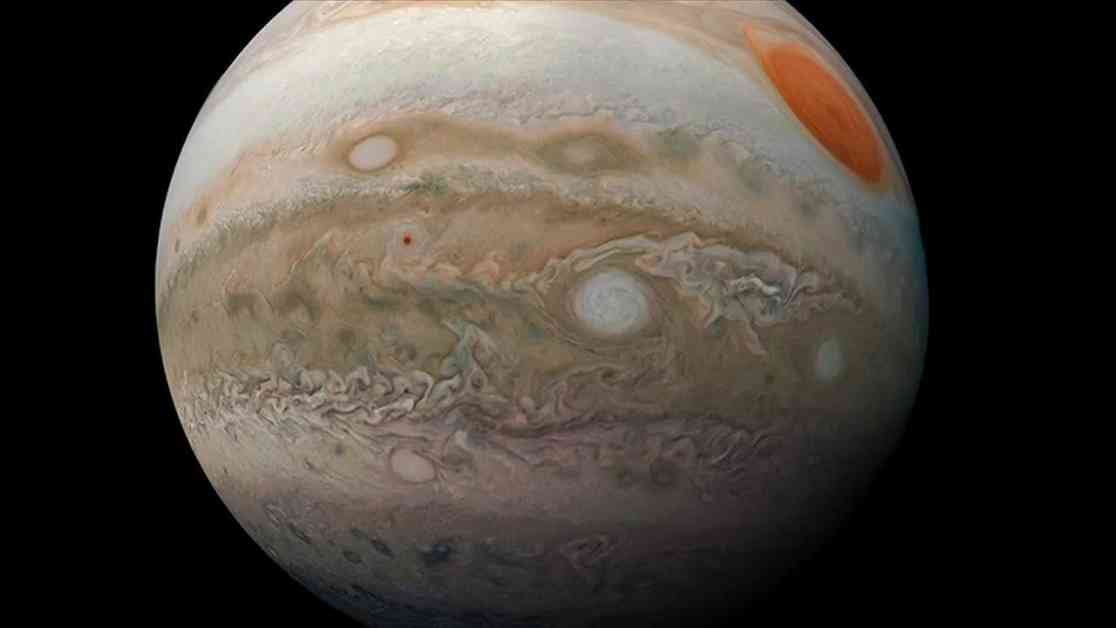NASA is gearing up to launch its Europa Clipper spacecraft on a mission to explore Jupiter’s moon Europa. This moon is believed to have an ocean beneath its icy crust, making it a prime candidate for potentially supporting life. The spacecraft will not be searching for life directly, but rather assessing the conditions that could make life possible on Europa.
Europa, one of Jupiter’s 95 moons, is almost the size of Earth’s moon and is covered by a thick ice sheet. Scientists suspect that beneath this icy surface lies a vast ocean that could be up to 80 miles deep. The Hubble Space Telescope has even captured images of possible geysers erupting from Europa’s surface, further piquing scientists’ interest in this mysterious moon.
The Europa Clipper spacecraft is a massive undertaking by NASA, with huge solar panels that make it the largest craft ever built by the agency to explore another planet. It will take over five years to reach Jupiter and will come within 16 miles of Europa’s surface, providing a closer look at the moon than any previous mission.
One of the main goals of the Europa Clipper mission is to determine whether Europa’s ocean could harbor the necessary ingredients for life, such as water, organic compounds, and an energy source. While the spacecraft won’t be able to detect actual life forms, it will lay the groundwork for future missions that could explore this possibility further.
The journey to Jupiter will be a long one, spanning 1.8 billion miles and involving flybys of Mars and Earth for additional momentum. Once at Jupiter, the spacecraft will orbit the gas giant and pass by Europa 49 times, gathering valuable data about the moon’s surface and atmosphere. The mission is set to conclude in 2034 with a planned crash into Ganymede, Jupiter’s largest moon.
One of the biggest challenges of exploring Europa is the intense radiation surrounding Jupiter, which poses a risk to spacecraft electronics. To mitigate this risk, the Europa Clipper’s electronics are housed in a shielded vault with thick walls made of aluminum and zinc. Despite these challenges, scientists are hopeful that the mission will provide valuable insights into the potential habitability of Europa.
In addition to Europa, other moons in our solar system, such as Ganymede and Callisto, are also believed to have underground oceans, raising the possibility of finding life beyond Earth. The search for life in the cosmos continues, with scientists hopeful that ocean worlds like Europa may hold the key to unlocking the mysteries of the universe.
As the Europa Clipper spacecraft embarks on its journey to Jupiter, it carries with it messages from Earth in the form of a triangular metal plate inscribed with representations of the word for water in 104 languages, a poem about the moon by U.S. poet laureate Ada Limon, and a silicon chip containing the names of 2.6 million people who signed up to be a part of this historic mission. The exploration of Europa represents a significant step forward in our understanding of the potential for life beyond our home planet.


